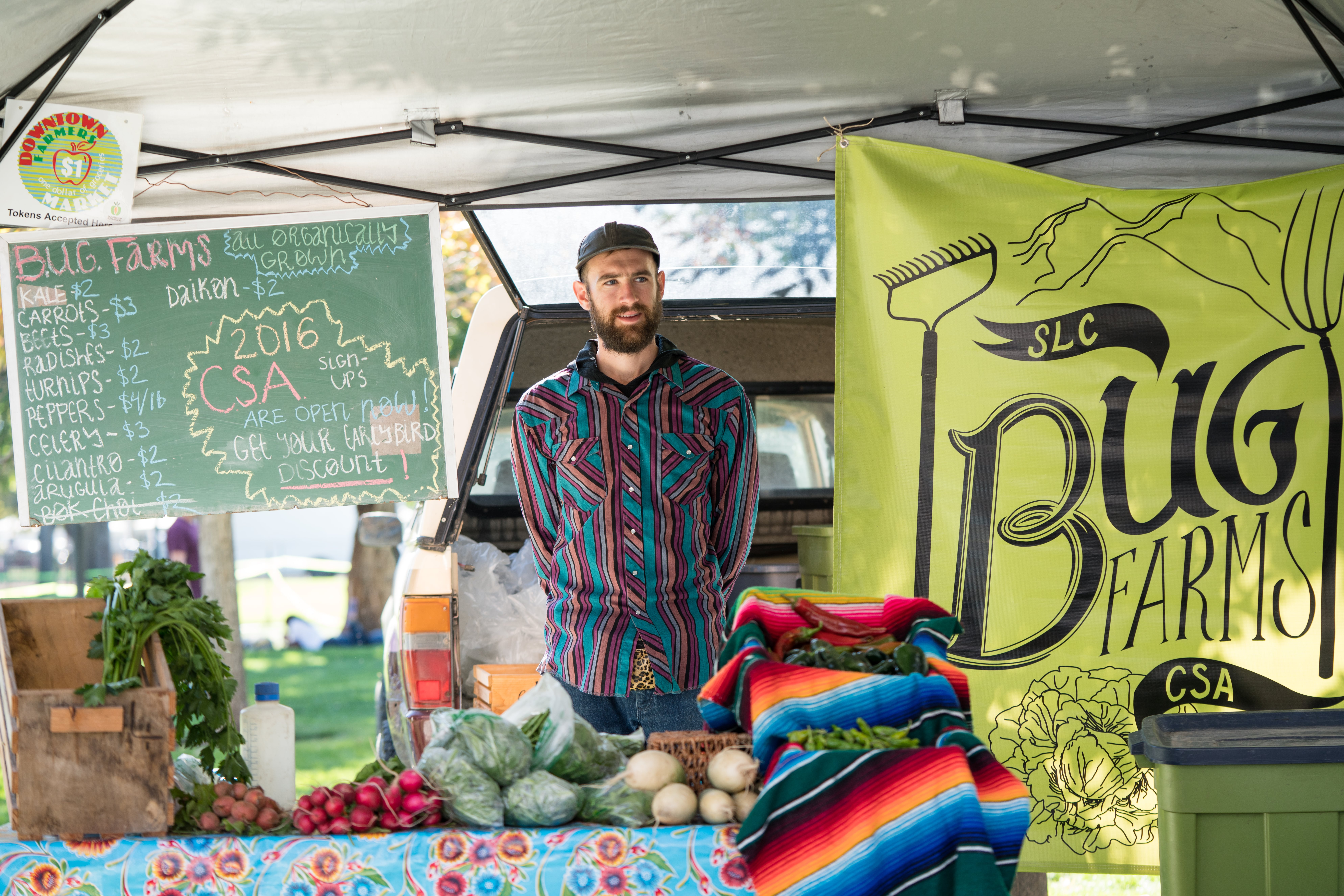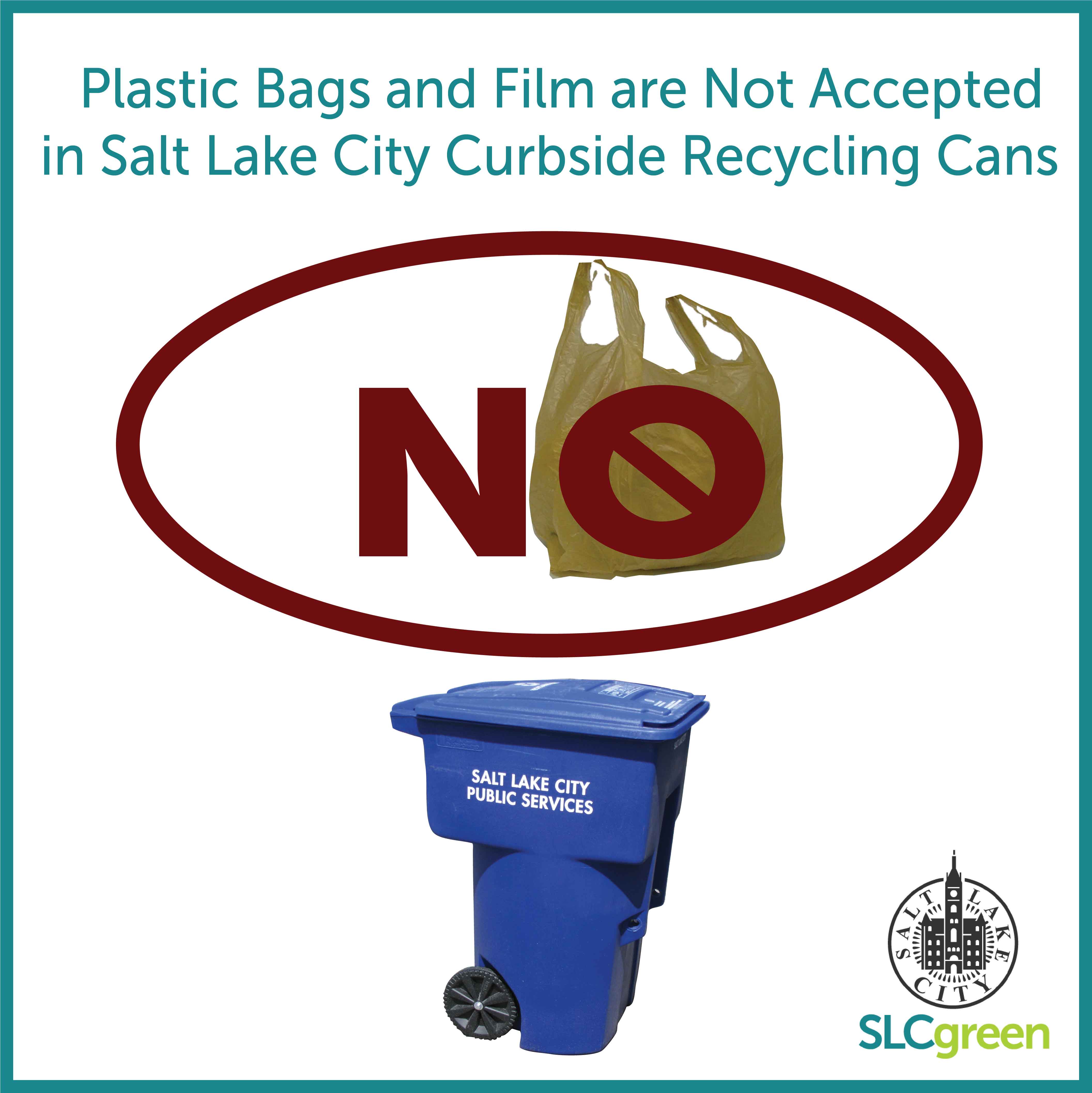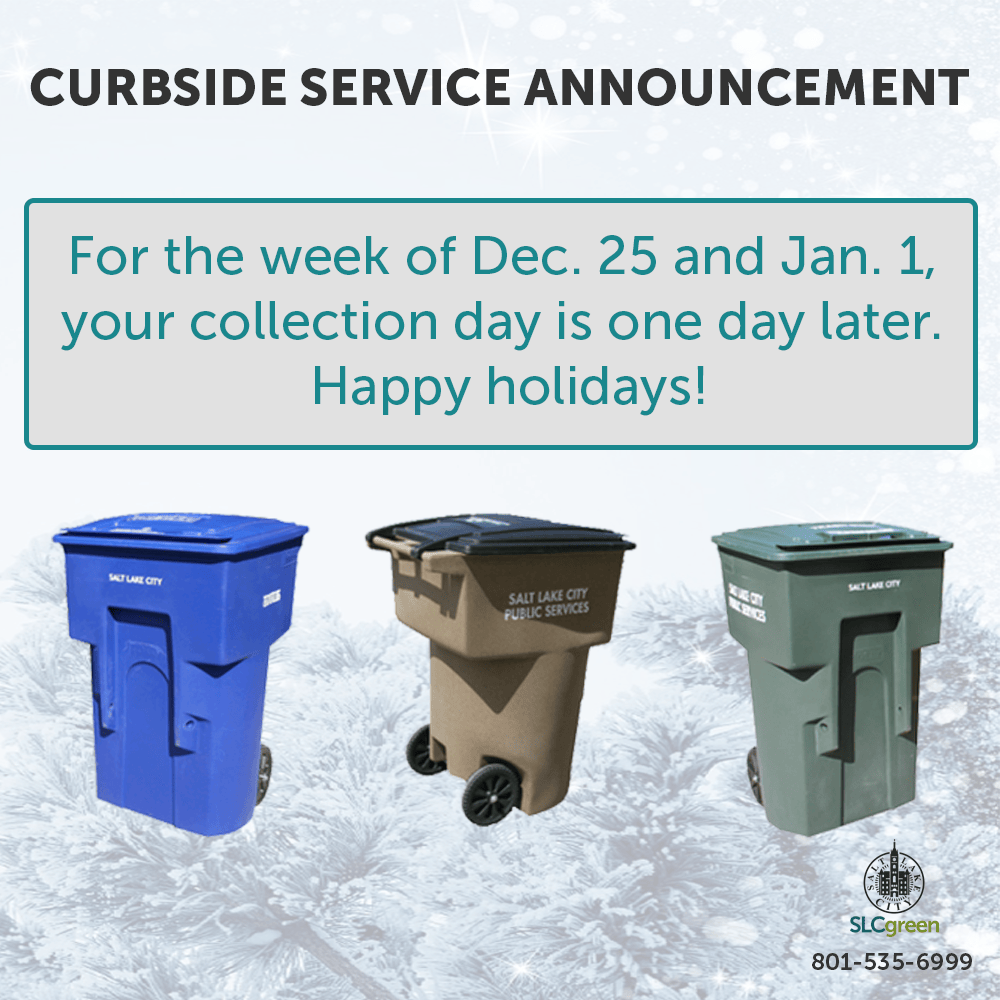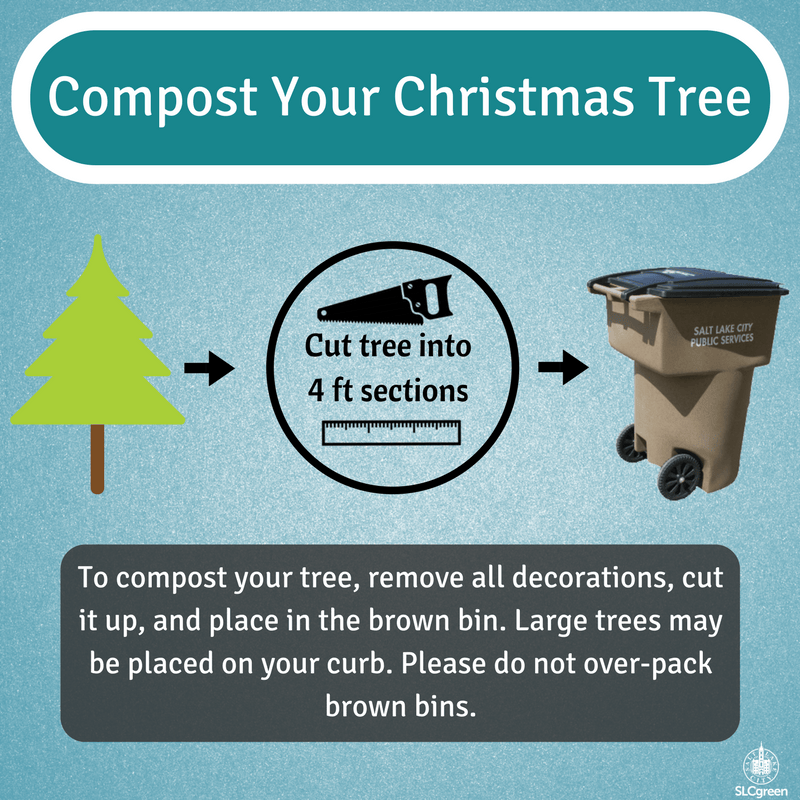It’s February which means it’s time for the Ninth Annual Clear the Air Challenge! If you haven’t already, now is the perfect time to get signed up and start identifying how you can drive less and drive smarter to save pollution. Continue reading
Author Archives: slcgreen
Salt Lake County Seeking Local Farmers to Develop Agricultural Land
Do you know a local farmer or organization that is seeking agricultural land to develop?
As part of Salt Lake County’s vision to create more opportunities for locally produced food, the Open Space and Urban Farming programs are seeking local farmers to manage land at Wheadon Park and Big Cottonwood Regional Park. The three separate sites have a total of 20.3 farmable acres.
The County is soliciting proposals from qualified firms “Proposer / Contractor” to provide management and operation of commercial farming enterprise at Big Cottonwood Regional Park (7 acres) and at two parcels at Wheadon Park (3.4 and 9.9 acres).
Round Three of Funding for Sustainable Farming Now Open
FOR IMMEDIATE RELEASE
January 22, 2018
Salt Lake City and Urban Food Connections Announce Round Three of Funding for Local Food Microgrant Program

BUG Farms, a recipient of the first funding round from the Local Food Microgrant Program.
Applications are now open for local commercial farmers to seek assistance in expanding their operation and production of more organically-grown fruits and vegetables.
Salt Lake City launched the Local Food Microgrant Program in February 2017 in partnership with Urban Food Connections of Utah, the non-profit organization that runs the Downtown Farmers Market, Rio Grande Winter Market and Tuesday Harvest Market. The Salt Lake City Council, on the recommendation of the Administration and its Sustainability Department, in 2016 set apart $85,000 to initially fund the program.
The program offers funding to local farmers who want to expand their operations with sustainability in mind. The grants help farmers access technology, education, tools and equipment to grow more sustainable produce.
“Our goal is to increase the amount of healthy, locally-grown, organic food available in Salt Lake City,” said Mayor Jackie Biskupski. “By providing small grants to farmers, we are also supporting local, ecologically sustainable agriculture and the City’s economy.”
The third funding round is now open and will award $15,000. The microgrant program has so far generated substantial interest among small-scale commercial farmers. Continue reading
Help Clear the Air! Sign up for the February Challenge
Transportation emissions are responsible for nearly 50% of the pollutants that make up our poor air quality. These pollutants become a serious concern during the winter months when normal atmospheric conditions (cool air above, warm air below) become inverted. This allows the air quality in the valley to become filled with particles that can quickly become unhealthy.
While there is much work being done to reduce those emissions (better transit, cleaner vehicles, more active transportation), the fact is– we can and should all help. We can each be a #CleanAirChampion.
There are many ways to participate! They all help the air and give you points in the Challenge:
- Ride the bus or train
- Bike or walk to work
- Link your errands together when you are driving (aka “trip chain”)
- Skip the trip by working from home or saving that errand for later
It all adds up!
The Utah Division of Air Quality estimates that if every driver along the Wasatch Front were to give up driving for just one day per week, it would keep 6,500 tons of emissions (or 85 times the weight of the International Space Station) out of our airshed.
What’s the Deal with Plastic Bags?

As you may have seen in the news, Salt Lake City is no longer able to accept plastic bags and plastic film in the blue curbside recycling containers.
So what should you do?
The short answer is –> Opt for REUSABLE bags whenever possible.
Remember the 3 R’s of waste management: REDUCE, REUSE, RECYCLE.
- Reduce the amount of single-use plastic you consume by using reusable bags.
- Reuse the bags you do have.
- Take your plastic bags for recycling back to the store. Many retailers have dedicated recycling receptacles for plastic film– which can be more effectively recycled when it’s not mixed with other items. Click here for a directory. (Don’t see your local retailer on the list? Ask them to join!)
Read on for other FAQ’s.
Sustainability 2017 Year in Review

2018 is here! Once again, it is time to take note of all the achievements we’ve made over the past year, with your help and the support of many other partners both in and outside of Salt Lake City government.
As we look back on 2017, we want to share with you what we have done, where we are now, and what our goals are as we look ahead.
We publish an annual report detailing our major accomplishments each year. You can read the highlights from 2017 below, or download the full report here.
Thank you to our many partners who’ve helped us along the way. And happy New Year from all of us at SLCgreen!
Preserving Our Dark Skies

By Colin Green, SLCgreen Fall Intern
Can you remember a time when you lay on the ground under a cloudless night gazing up towards the heavens, making wishes on shooting stars? Have you ever done this within the city? Probably not, because of light pollution.
Humans have lived with dark starry skies for most of our history. This connection to the celestial bodies has helped guide the natural rhythms of our bodies, but recently, in tandem with rapid urbanization, dark skies are disappearing from our lives. Light pollution is taking overnight skies across the country, but it doesn’t have to.
Light pollution comes in a few different varieties that affect us and our environment differently. The first form is called SKYGLOW and it is what usually comes to mind when thinking about light pollution. This is the light that is projected towards the sky creating an illuminated dome in urban areas around the world (80% of World Population Lives under Skyglow).
Skip the Wood Burning, Be a #CleanAirChampion

Did you know? One wood fireplace emits the same amount of particulate pollution as 90 SUVs and one wood-burning stove pollutes as much as 3,000 natural gas furnaces.
This week’s Clean Air Champion tip is about wood burning.
Even though burning wood is festive at this time of year, it’s a significant polluter (estimated to contribute 5-26% of total pollution on a winter day, according to a presentation from Dr. Kelly Kerry to UCAIR).
Before you burn, make sure to check to see if it’s a no burn day.
The Salt Lake County Health Department prohibits burning solid fuel in fireplaces or wood burning stoves and bans outdoor fires (including bonfires, patio pits, and charcoal grill fires) on days that the State of Utah designates as either mandatory or voluntary air action (no burn) days.
Holiday Curbside Service Announcement

For the week of Dec. 25 and Jan. 1, your garbage, recycling, and compost collection day is one day later. This applies citywide in Salt Lake City.
For more information, visit: www.slcgreen.com/curbside-holiday-schedule
Happy holidays!
Holiday Tree Disposal
As the holiday season wraps up, you may be wondering what to do with your Christmas tree when the decorations are ready to come down. Please consider not burning your tree. Burning anything during the winter is bad for our air quality (Burning during “air action” days is also against State regulation and violates Salt Lake County Health Department rules).

Residents may dispose of trees in two ways. For immediate disposal, Salt Lake City asks residents to cut their trees up into a few small pieces and place in their brown compost containers. Ornaments and lights must be removed. “Flocked” trees are not accepted in the brown containers.
“Please do not stuff your tree in the cart,” said Lance Allen Director of the Waste and Recycling Division. “This makes it extremely difficult or impossible for our operators to remove your tree. Instead, please cut your tree into four foot or smaller pieces.”
Alternatively, residents may place whole trees on their curb for disposal in January. Exact pickup depends on demand and will occur in mid-to late-January. Residents may call 801-535-6999 for more information.




